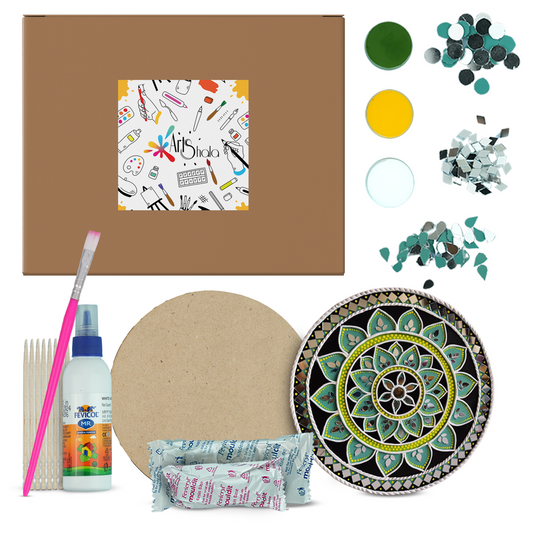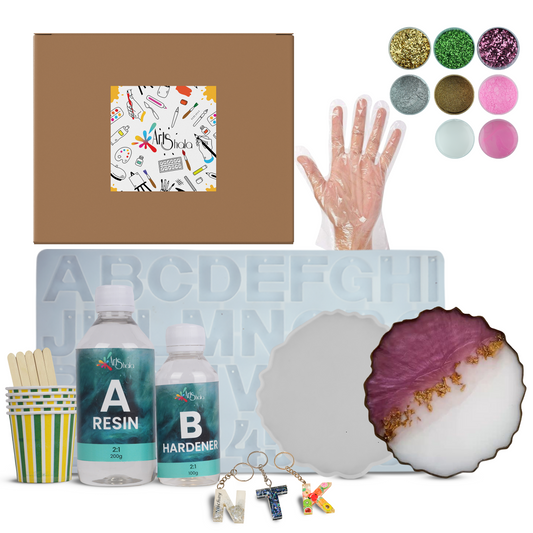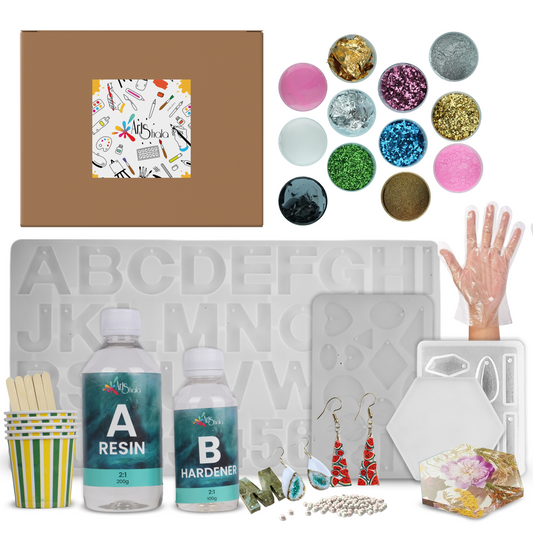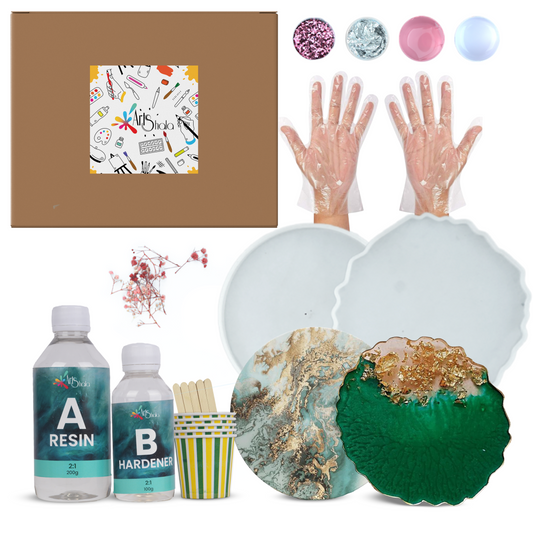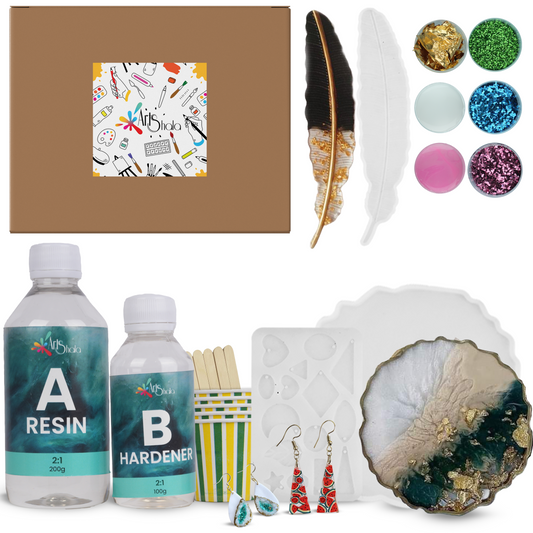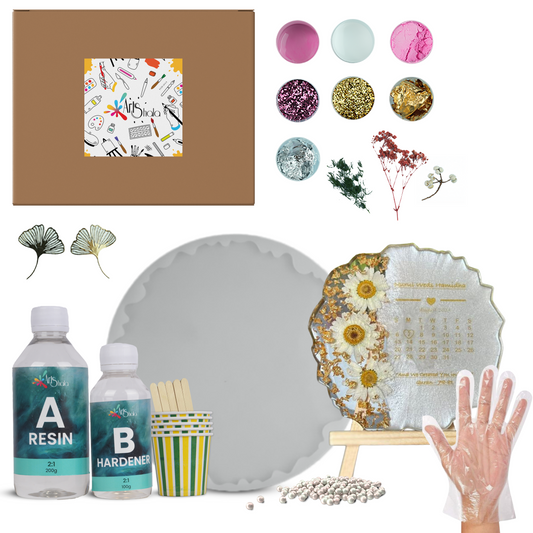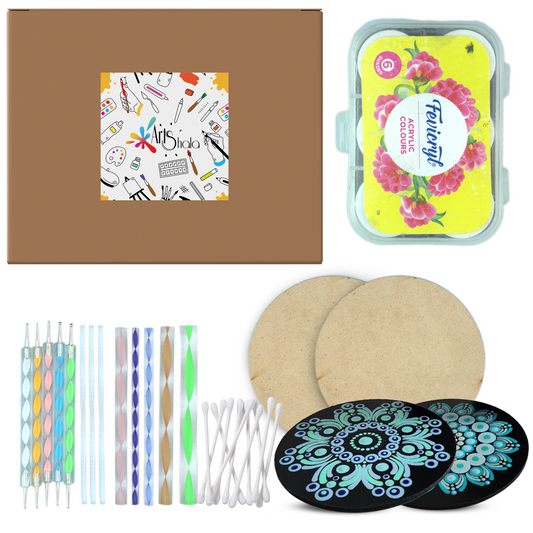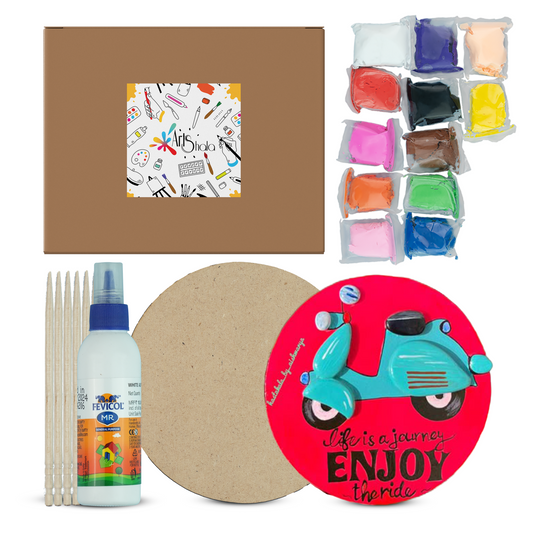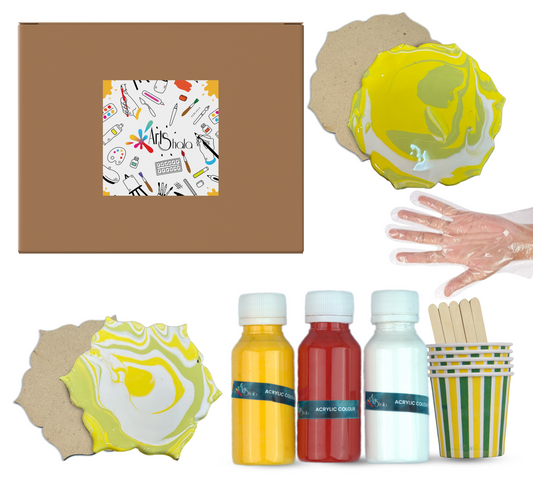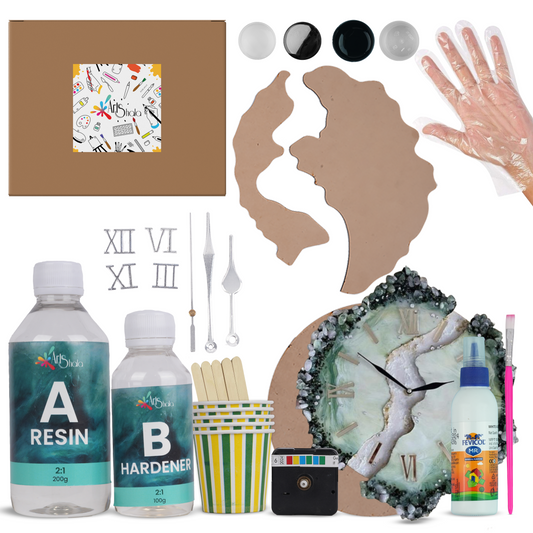9 Tips on How To Use Acrylic Paint Effectively
Acrylic painting has become extremely popular among artists of all skill levels. Its versatility, bright colours, and fast drying time make it the perfect medium for both beginners and experienced painters. Whether creating bold abstract pieces or delicate landscapes, acrylic paint can help you express your creativity in countless ways. If you're just starting out, consider joining an acrylic painting workshop. These classes provide hands-on experience, guidance from skilled instructors, and a chance to connect with fellow art enthusiasts.
In this blog, we will cover 9 practical tips on how to use acrylic paint properly. These tips will guide you to learn the art of acrylic painting, enabling you to achieve stunning results in your artwork. Get ready to explore techniques that enhance your skills and elevate your artistic journey!
1. Keep Your Palette Wet
Keeping your palette moist is vital for successful acrylic painting. This moisture ensures better blending and extends your working time, allowing you to create smooth transitions between colours. Here are effective techniques to maintain that moisture:
-
Plastic Wrap: Cover your palette with plastic wrap during breaks to prevent paints from drying out.
-
Wet Palette: Consider using a wet palette. These palettes have a damp sponge underneath the paint layer, keeping your colours fresh throughout your session.
By adopting these acrylic painting tips, you'll enjoy a more fluid painting experience and enhance the vibrancy of your artwork.
2. Use the Right Brushes
Choosing the best brushes for acrylic painting can significantly impact your results. Different types of brushes serve unique purposes:
-
Flat Brushes: Ideal for bold strokes and filling broad areas.
-
Round Brushes: Perfect for details and fine lines.
-
Bright Brushes: Great for short, controlled strokes with a flat edge.
When selecting brushes, opt for synthetic brushes. They are specifically designed to handle acrylics effectively, offering durability and excellent paint-holding capacity. Highly recommended brands include Winsor & Newton and Liquitex, which are known for their quality synthetic brushes that enhance your painting experience.
3. Experiment with Blending Techniques
Blending techniques can elevate your acrylic painting skills and add depth to your artwork. Here are some methods you can explore:
-
Wet-on-Wet: Apply wet paint onto a wet surface, allowing colours to blend seamlessly. This technique is great for creating soft transitions.
-
Dry Brushing: Use a dry brush with small amount of paint to achieve texture and highlights. This technique works well for adding detail to your pieces.
Mixing acrylic colours opens up many possibilities. Combine primary colours to create unique shades. Adjust lightness or darkness by adding white or black, allowing you to achieve a wide range of tones that enhance your composition.
4. Manage Drying Time Effectively
Acrylic paint drying time can be both an advantage and a challenge. Its quick-drying nature allows for rapid layering and fast completion of projects, making it popular among artists. However, this can also pose challenges, especially when blending colours or working on detailed areas. To manage drying time effectively:
-
Use Extenders or Retarders: These additives slow down the drying process, giving you extra time to work on your piece without worrying about the paint setting too quickly.
-
Tips for Speeding Up Drying: If you prefer faster results, use a hairdryer set on cool to gently speed up the drying process without compromising your colours.
Understanding how to control drying time significantly enhances your acrylic painting experience.
5. Master Layering Techniques for Depth in Artwork
Layering techniques are essential in acrylic painting, adding depth and richness to your creations. By applying multiple layers, you can achieve a more dynamic visual experience.
Drying Time Matters
Allow each layer to dry sufficiently before applying the next. This prevents unwanted mixing and ensures clean edges.
Examples of Effective Layering
-
Start with a base layer of colour.
-
Gradually add lighter shades to create highlights.
-
Use darker tones in specific areas for shadows.
Experimenting with layering opens up creative possibilities, making your artwork more engaging and vibrant.
6. Explore Different Painting Techniques Beyond Brushes
Trying out different painting techniques can significantly improve your acrylic artwork. Here are some tools and methods to consider:
-
Use a Palette Knife: This tool allows for bold strokes and textures that brushes can't achieve. Spread paint to create sharp lines or smooth areas.
-
Try Sponges: Applying paint with a sponge creates soft, blended effects. It's great for backgrounds or adding texture to landscapes.
Using these alternative methods will enhance the texture and depth of your artwork. Challenge yourself to step away from the traditional brush and discover the exciting possibilities that await!
7. Clean Your Brushes Regularly to Maintain Their Quality
Keeping your brushes clean is highly important for achieving vibrant results in your acrylic painting. Here are some key points to consider:
-
Rinse Frequently: Rinse brushes with clean water during your painting sessions. This prevents colour contamination between different shades, ensuring each stroke retains its intended hue.
-
Best Practices After Use: After finishing, clean brushes thoroughly by using warm water and mild soap. Gently straighten the bristles and lay them flat to dry. Avoid standing them upright in water, as this can damage the bristles.
Caring for your brushes will extend their lifespan and maintain quality for all your artistic endeavours.
8. Mist Your Palette for Extended Workability During Sessions
Misting your paints can significantly enhance your painting experience. This simple technique involves:
-
Lightly spraying a fine mist of water onto your palette while you work.
-
Keeping the paints moist helps extend drying time without losing vibrancy.
The added moisture allows for smoother blending and transitions on the canvas. It helps maintain the quality of colours, providing more time to manipulate and perfect your artwork. This method is beneficial during longer sessions, ensuring your paints remain workable and fresh throughout your creative process.
9. Prepare Your Canvas Properly with Gesso Before Starting an Acrylic Painting Project
Applying gesso is essential for preparing canvas surfaces for acrylics. It serves several essential functions:
-
Prevents Excessive Absorption: Gesso creates a barrier that stops the canvas from soaking up too much paint, allowing for better colour retention and vibrancy.
-
Enhances Texture: A properly gessoed surface provides a suitable texture for acrylic paints, improving adhesion and overall application.
-
Promotes Even Application: With gesso, colours glide on more smoothly, preventing unwanted streaks and enhancing blending capabilities.
Using gesso will elevate your painting experience and improve the quality of your artwork.
Conclusion
These tips are just a starting point to help you get the most out of your acrylic painting experience. Experiment, explore, and find what works best for you. Remember, practice is critical, so don't be discouraged if your first attempts don't turn out exactly as you envisioned. With time and dedication, you'll develop your own techniques and style. Acrylic painting is a process filled with endless possibilities. If you’re looking to enhance your knowledge and skills, Contact Us on Arts Shala today for workshops and courses that aim to help you learn how to use acrylic paint effectively, providing guidance tailored for every level of artist. Utilise your creativity, and let your imagination flow on the canvas!



